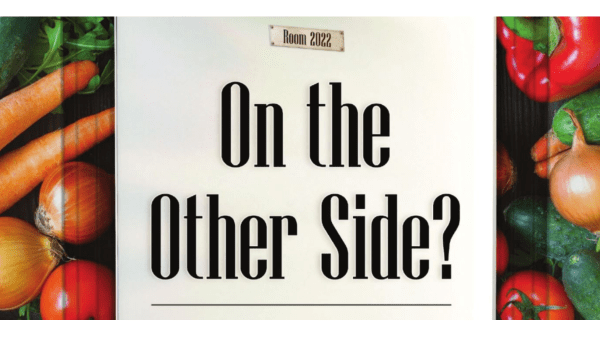Convenience continues to be a buzzword throughout the greater food industry and is expected to be a key driver in all manner of innovation in 2022, from new varieties and value-added products to packaging.
For example, Pure Hothouse Foods Inc. BB #:170379 in Leamington, ON, has developed its Pure Flavor Snacking Series of tomatoes, marketed as easy, healthy treats for all-day consumption. Among the snacks are bite-sized sweet Cloud 9 tomatoes; RedRoyals, bite-sized on-the-vine tomatoes; and Azuca Red, a juicy, sweet cherry tomato designed with kids in mind.
Packaging also continues to be influenced by convenience, food safety, and reducing waste. Individual and smaller pack sizes took off during the pandemic, frequently supplanting larger bags and packs at checkout.
“Huge packages or weights increase the register ring, but it’s often not the best thing for consumers,” notes Julie DeWolf, founder of DeWolf Marketing BB #:376983 in Redondo Beach, CA.
The perceived safety factor also caused consumers to seek out packaged produce.
“Initially, as the pandemic was gaining speed, consumers wanted that protectiveness of packaging,” says Matt Seeley, CEO and co-founder of Organic Produce Network, LLC BB #:338018 in Monterey, CA, but he notes people are starting to move away from the extra layers, at least to a degree.
“On the other hand,” he continues, “where are the growth opportunities? They’re in convenience items, and packaging is part and parcel of that.”
At its best, packaging can spur purchases. “Behavioral science would say if you want consumers to do something, you have to make it easy at every turn,” shares Wendy Reinhardt Kapsak, president and CEO of the Produce for Better Health Foundation BB #:157162 in Brentwood, MO.
“Packaging is an excellent opportunity to see and find, grab and go, and maybe even prepare and serve,” she says. “Innovation in packaging is a fantastic way to increase consumption.”
On the value-added side, it’s not only consumer need, but also supply-side issues driving innovation and spurring companies to rethink how they do business.
“As expenses continue to increase, more growers are finding it imperative to progress along the value chain from commodities to goods,” reports Jin Ju Wilder, director of marketing and business development at Vesta Foodservice BB #:125924 in Santa Fe Springs, CA.
“We’re seeing more growers invest in the technology and expertise to take their commodities and transform them into value-added goods.”
Wilder cites HMC Fresh Foods, LLC BB #:129161 in Kingsburg, CA, as an example, with its de-stemmed grapes.
“With labor at a premium, value-added items save money and time and eliminate waste for foodservice operators,” Wilder adds. “We have many customers who used to do the prep work themselves but are now purchasing more pre-cut and processed items.” Even high-end restaurants are requesting items such as peeled onions and oranges to save on labor.
Jill Overdorf, director of business development and foodservice at Naturipe Farms, LLC, BB #:165382 in Estero, FL, agrees. “Decisions exacerbated by labor shortages and supply chain challenges are making it more effective for some operators to purchase our thoroughly washed, pre-portioned items.
“The premiums being paid for delivered, ready-to-serve items remain the same as pre-pandemic,” Overdorf explains, “but the rationale for price acceptance has changed and an increase of up to 50 percent is now justifiable for kitchens that were skeptical in the past.”
This is an excerpt from the cover story of the January/February 2022 issue of Produce Blueprints Magazine. Click here to read the whole issue.



